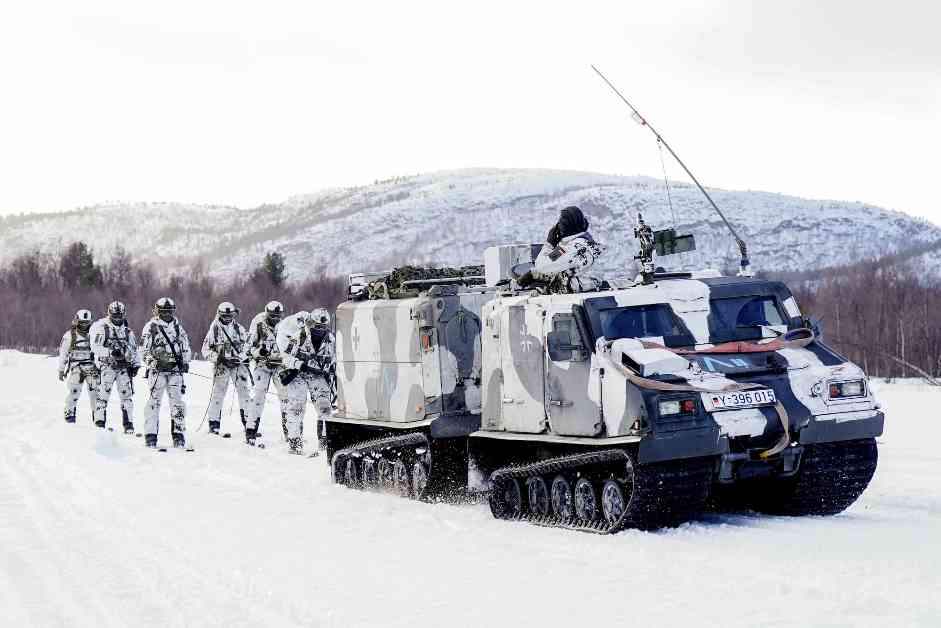**NATO Bolsters Defenses Amid Russian Threats to Baltic Region**
Intelligence reports have revealed Russia’s strategic plans for a potential multi-front offensive against NATO’s eastern flank, targeting Finland, Norway, and the Baltic states. The primary concern is not whether an attack will happen but when and where it might occur, testing NATO’s Article 5 commitment to collective defense.
**Russian Military Strategy: Potential Attack Scenarios**
NATO sources have indicated that Russia maintains the capability to mobilize up to 600,000 soldiers along the Baltic and Finnish borders, despite its ongoing engagement in Ukraine. The Russian strategy outlines three main thrust lines for potential attacks:
1. **Northern Front:** The 14th Army Corps would launch an assault from Murmansk towards Norway’s coast, while deploying airborne units in Finnish Lapland to secure strategic locations.
2. **Southern Front:** The 44th Army Corps would target Finland’s southern coast and southeastern regions, aiming to control the Gulf of Finland’s northern coast.
3. **Eastern Front:** The 6th Army would target Estonia and Latvia, advancing towards Tallinn and Riga while securing the Suwalki Gap between Kaliningrad and Belarus.
**NATO’s Response: Preparedness and Strategic Shifts**
To counter these threats, NATO has conducted large-scale military exercises, such as the Nordic Response exercise involving 20,000 troops. The alliance has revised its regional defense strategy to prevent Russian territorial gains and includes provisions for strikes within Russian territory if necessary.
**Expert Insights and Concerns**
NATO intelligence sources express concerns about Russia’s readiness to accept significant casualties, suggesting a willingness to engage in military action despite potential losses. The unpredictability of the security environment is further exacerbated by China’s support for Russia, emphasizing the need for NATO to prepare for high-intensity warfare against a nuclear-armed state.
In this escalating situation, the alliance remains vigilant, with various countries like Estonia developing a 40,000-strong NATO division to bolster defenses. The threat of a Russian attack is seen as inevitable, with sources highlighting the need to anticipate surprise tactics inherent in Russia’s strategic culture.
As tensions rise in the Baltic region, NATO’s commitment to collective defense and strategic readiness are paramount in deterring potential threats and maintaining regional stability.

















